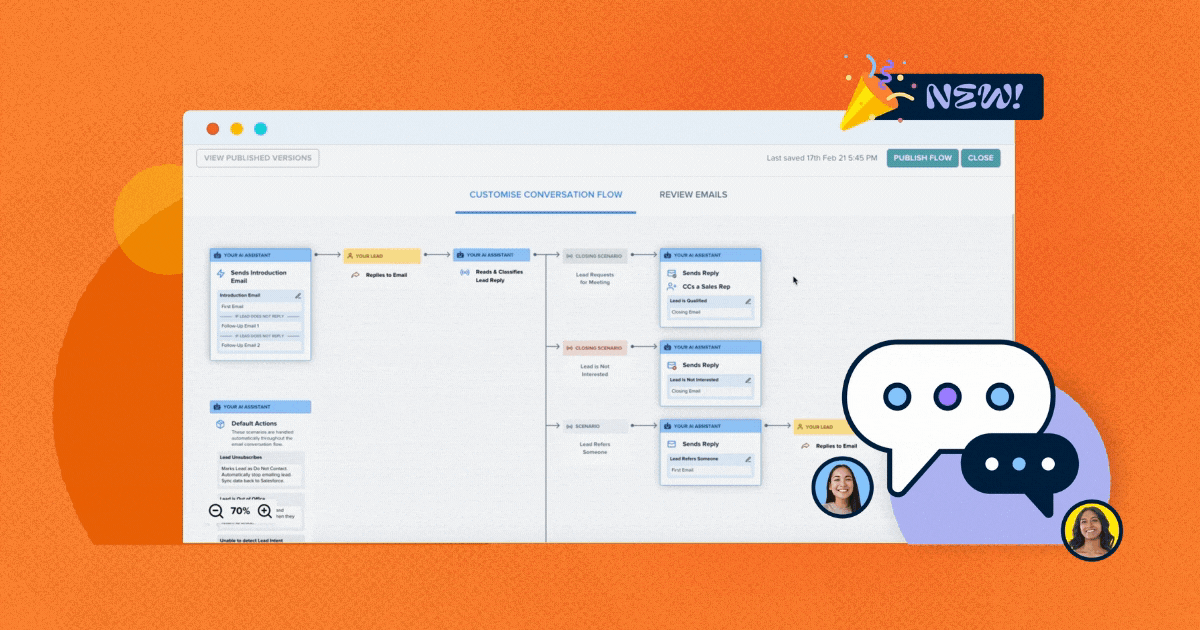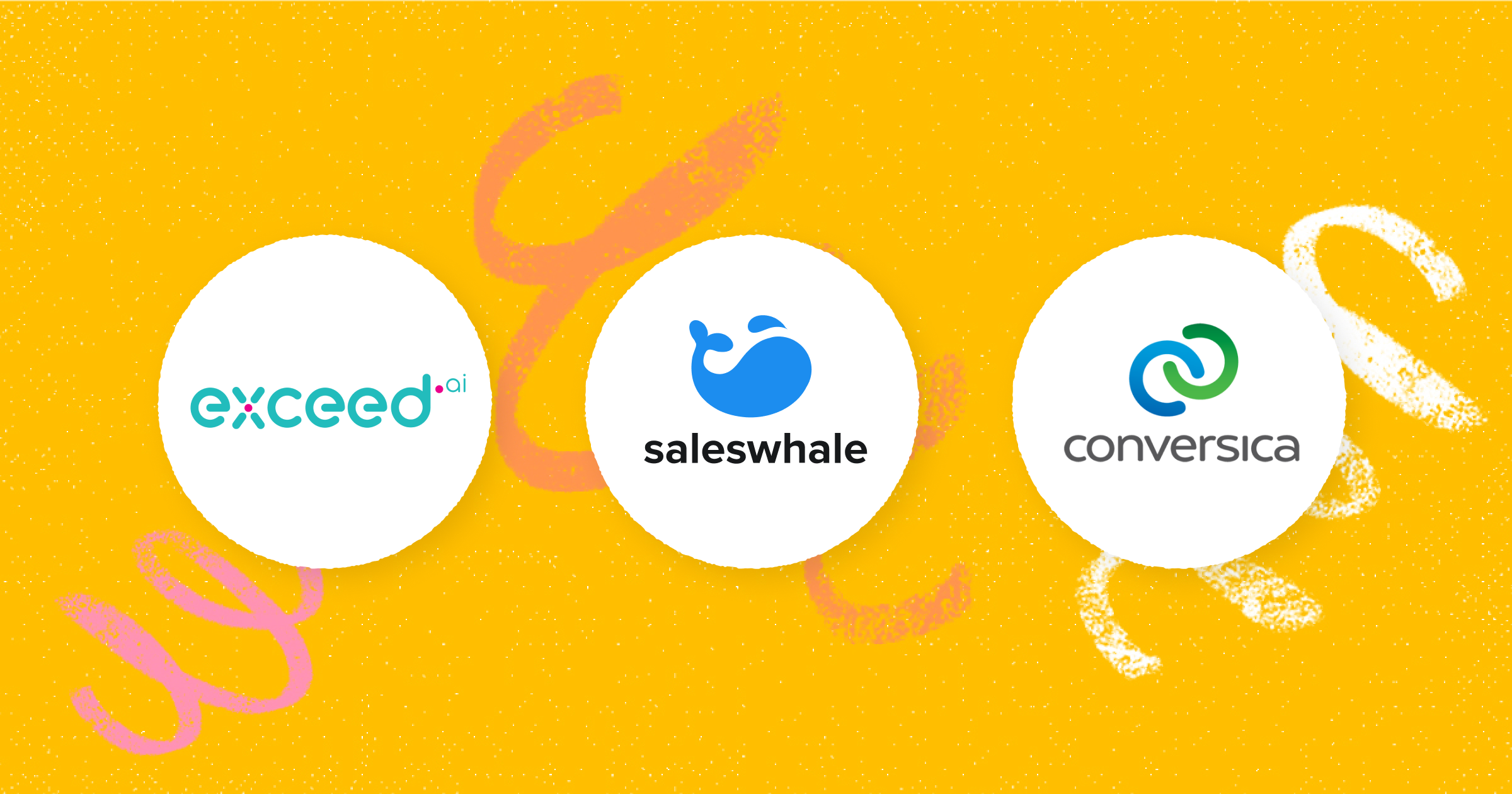
This is Part III of a series on anti-usage products.
You can find the earlier posts here:
Part I - Anti-usage products: The next generation of SaaS products
Part II - Anti-usage products: Email as an extension of product interface
After reading the above two posts, you may come to the conclusion that the anti-usage paradigm is pretty sexy.
Not all roses and rainbows
It's not all roses and rainbows though.
The anti-usage pattern does come with some pretty steep pitfalls (we have the battle scars from tumbling down one-too-many canyons).
So hopefully, this post can save you from making the same mistakes we did when pursuing an anti-usage product strategy.
Here are three pitfalls that can sink an anti-usage product:
Pricing is tricky
Solving for the wrong outcome - creating negative value
You have to solve the entire value chain until outcomes
1. Pricing is tricky
Anti-usage products are disruptive by nature.
And the first thing that they disrupt is the most-cherished tenet of SaaS products: per-seat pricing.
If you are building an anti-usage product, traditional per-seat pricing works against you.
Here's an example using our product as illustration:
Saleswhale's analogues are sales automation tools like Outreach and SalesLoft - which charges per-seat. Each sales rep gets their own account, which is typically priced around $100/user/month.
Hence, for sales automation vendors, they are incentivized for you to expand your sales team as much as possible. They make more money if you have 100 sales reps, than if you have 10 sales reps, for example.
Herein lies the conundrum for anti-usage products like Saleswhale.
If deployed correctly, Saleswhale actually offloads work from dozens, hundreds of sales reps. Which means that as you crank the elastic workload of Saleswhale (increasing value), the number of sales reps you theoretically need to hire goes down.
For anti-usage products, per-seat pricing means that the better you perform, the less your customer pays you.
It doesn't make much sense for the product vendor.
I know what you are thinking now -
Let's just charge them for the value that we deliver!
E.g. charging per qualified lead generated.
This sounds like a clever idea in a vacuum.
But yet, trying to be too clever and tying your pricing too closely to your value metric doesn’t work either.
This is because you end up creating wild fluctuations in your monthly metered pricing. And most businesses don’t like that - especially enterprises who hate variable costs, because they need to budget ahead of time.
There's no one-size fit all solution. It differs from product to product.
But proper outcome/pricing alignment, at a proper abstraction level & approximation is critical and tricky.
2. Solving for the wrong outcome - creating negative value
If you are building an anti-usage product, you need to deeply understand the outcome you are helping your users to drive.
Don’t lie to yourself about the value you are generating.
It's easy to get carried away by the whole "anti-usage" paradigm and build something that essentially delivers no value, or *gasp* negative perceived value.
Here's a real example (which is probably controversial):
I am not bullish on Marketing Analytics products.
I think that it's a terrible business.
Yes, theoretically, these products are "anti-usage". Just plug them into all your marketing systems, they collect and analyze data, and tell you where to improve.
But, if you zoom out, it's a terrible anti-usage product model because unbeknownst to them, they are solving the wrong "jobs to be done". This stems from a lack of second-order user understanding.
Here's why:
I may be cynical but most Marketers (a) want to look good to their boss and sales team; and (b) wants more budget.
Here's the thing -
Marketing is already a highly visible and scrutinized function in most organizations.
Most marketing analytics/attribution tools end up inviting further scrutiny to the marketing's efforts from executive leadership and peers.
It's a no-win situation:
If the analytics tool doesn't show how the user can improve, it's not doing its job.
If the analytics tool shows how the user can improve ("creating value"), it makes Marketing look bad by showing the truth.
Does any marketer want to hear - "You are not wisely spending hundreds of thousands of dollars. You probably can get the same results with half the budget. And oh, here's why your latest campaign was a total flop."
This is literally the exact opposite of what Marketers (your users) hired the product to do!
That’s why most successful marketing products actually focus on making marketers more efficient and effective with automation (or are bundled: “insight” + “action”).
Anti-usage products that show the truth (aka. where to improve) without solving the problem, should proceed with caution.
3. You have to solve the entire value chain until outcomes
Here's another insidious pitfall about anti-usage products which can be tough to debug.
You have to deeply understand where your value chain starts, and ends.
And you have to solve the entire value chain until you get to the desired outcome for your users.
As an anti-usage product, you can’t skimp on this understanding or delude yourself.
I repeat: You have to solve your entire value chain until you get to the desired outcome for your users.
Because if you don’t, even if you think that you are accomplishing your "jobs to be done", it will appear as if you are not delivering value. And this increases churn risk for your SaaS product.
Here's a real example from our product:
In the early days, we were focused on handing over qualified leads conversationally to our users' sales teams.
And we were puzzled why teams whom we handed over 140+ qualified leads decided to churn.
After some investigation, we realized that for some customers, their sales reps didn't follow up with the qualified leads due to a combination of:
Hence, we decided to build additional features such as Reveal and Scheduler to solve this problem end-to-end.
We realized that our value chain starts with an underserved lead, and ends with a meeting booked on the sales team's calendar.


Co-founder & CEO at Saleswhale
Sign up for cutting edge ideas on conversational marketing, AI assistants and martech.

Saleswhale for Salesforce allows you to build powerful automated lead conversion workflows. This allows you to re-engage with your neglected marketing leads at...
19 APR 2021

Demand generation and marketing teams generate more leads at the top of the funnel than ever in this new digital-first world. Saleswhale helps ensure those...
1 MAR 2021

Marketers that focus on MQLs end up doing the wrong things in order to achieve the metrics. So I changed it.
16 JUN 2020

Conversica isn't the only player out there. Learn how Saleswhale and Exceed.ai compare and make an informed decision.
15 APR 2021
By providing your email you consent to allow Saleswhale to store and process the personal information submitted above to provide you the content requested.
You can unsubscribe at any time by clicking the link in the footer of our emails. For information about our privacy practices, please visit our privacy page.